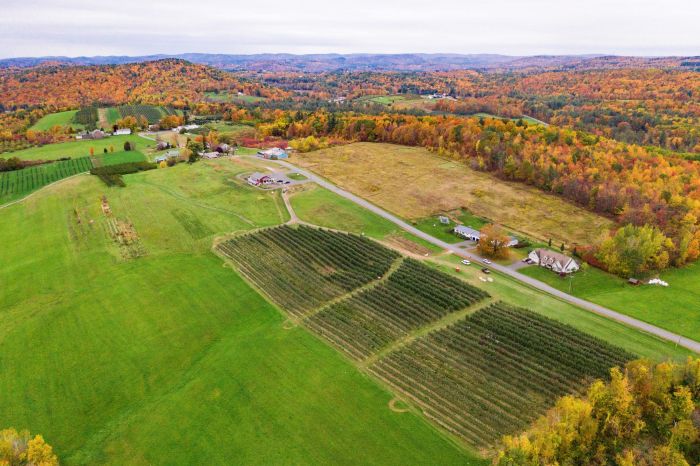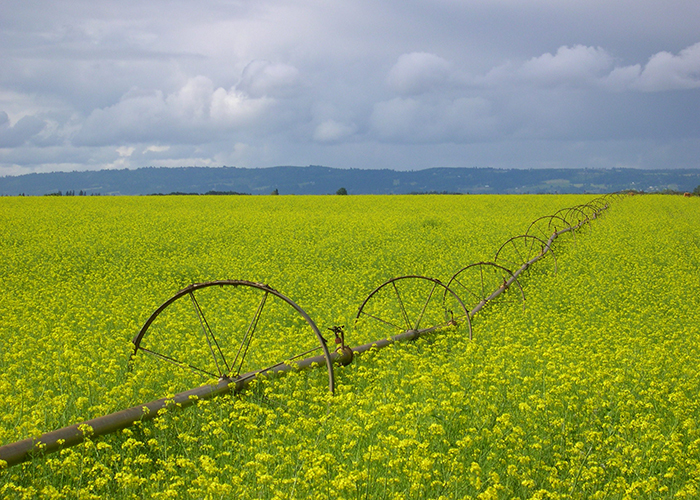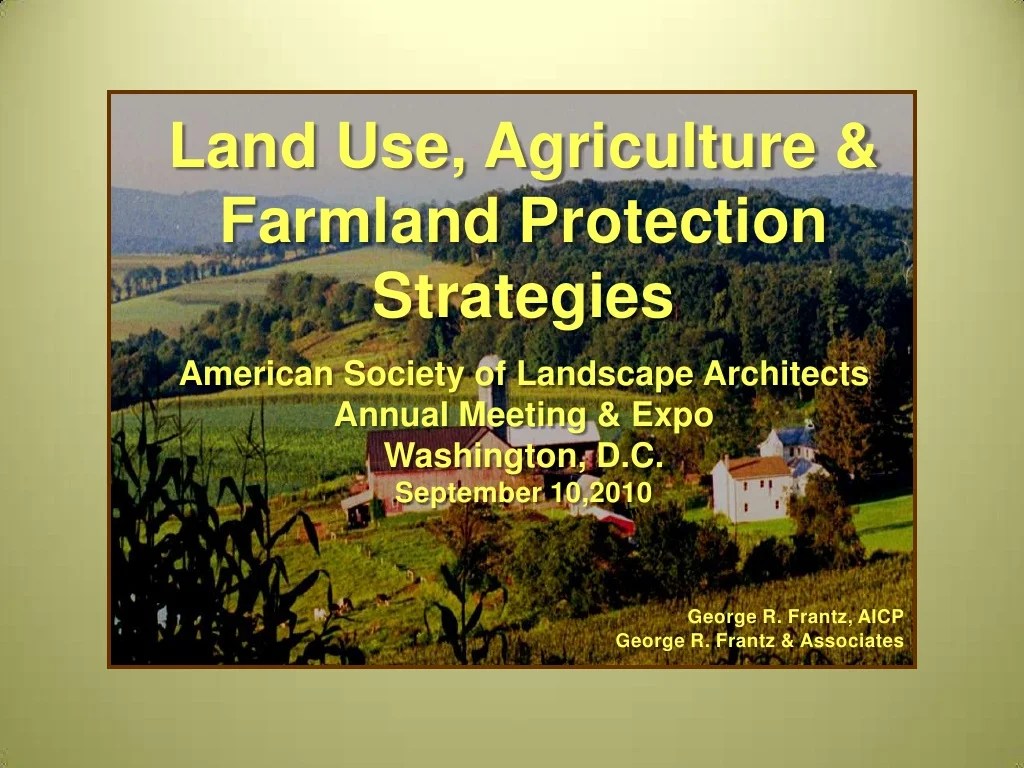Farmland protection policy ap human geography explores the strategies and measures implemented to preserve agricultural lands, ensuring food security, environmental sustainability, and rural community vitality. This comprehensive guide delves into the multifaceted aspects of farmland protection, examining its benefits, challenges, methods, and future directions.
As urbanization and agricultural intensification threaten the world’s finite farmland resources, understanding and implementing effective farmland protection policies become paramount.
1. Definition of Farmland Protection Policy: Farmland Protection Policy Ap Human Geography

Farmland protection policies are a set of regulations and measures aimed at preserving agricultural land and its associated resources. These policies seek to maintain the viability of farming operations, protect environmental values, and sustain rural communities.
The goals of farmland protection policies include:
- Preserving agricultural productivity and food security
- Protecting biodiversity and ecosystem services
- Maintaining rural economies and cultural heritage
Examples of farmland protection policies include:
- Zoning regulations that restrict development on agricultural land
- Purchase of development rights programs that compensate landowners for keeping their land in farming
- Agricultural land trusts that acquire and manage farmland for conservation purposes
2. Benefits of Farmland Protection

Economic Benefits
Farmland protection preserves agricultural productivity, ensuring a stable food supply and supporting local economies. It also creates jobs in agriculture and related industries.
Environmental Benefits
Farmland protection safeguards biodiversity, reduces soil erosion, and improves water quality. It provides habitat for wildlife and supports natural ecosystems.
Social Benefits
Farmland protection maintains rural communities, preserving their cultural heritage and sense of place. It also supports local businesses and provides recreational opportunities.
3. Challenges to Farmland Protection

Urban Expansion
Rapid urban growth encroaches on farmland, reducing its availability for agricultural production.
Agricultural Intensification
Increased agricultural productivity can lead to land degradation and environmental impacts, threatening farmland sustainability.
Climate Change
Climate change affects crop yields, water availability, and soil health, posing challenges to farmland protection.
Conflicts with Other Land Use Interests
Farmland protection can conflict with other land use priorities, such as development, conservation, and recreation.
4. Methods of Farmland Protection
Zoning Regulations
Zoning regulations limit the use of land for non-agricultural purposes, preserving it for farming.
Land Trusts, Farmland protection policy ap human geography
Non-profit organizations acquire and manage farmland for conservation purposes, protecting it from development.
Purchase of Development Rights
Government programs compensate landowners for restricting development on their agricultural land.
Conservation Easements
Legal agreements that permanently restrict the development potential of land, while allowing for continued agricultural use.
Agricultural Land Banking
Government agencies acquire farmland for future agricultural use, protecting it from development pressures.
Q&A
What are the primary goals of farmland protection policies?
Farmland protection policies aim to preserve agricultural productivity, protect environmental resources, and support rural communities.
What are the major challenges to farmland protection?
Farmland protection faces challenges such as urban expansion, agricultural intensification, and climate change.
What are the different methods of farmland protection?
Common methods include zoning, land trusts, purchase of development rights, conservation easements, and agricultural land banking.